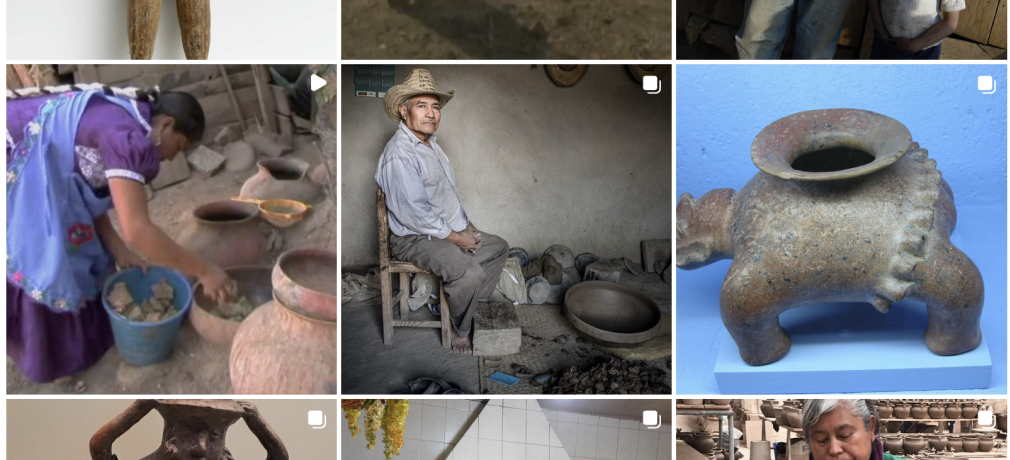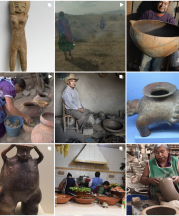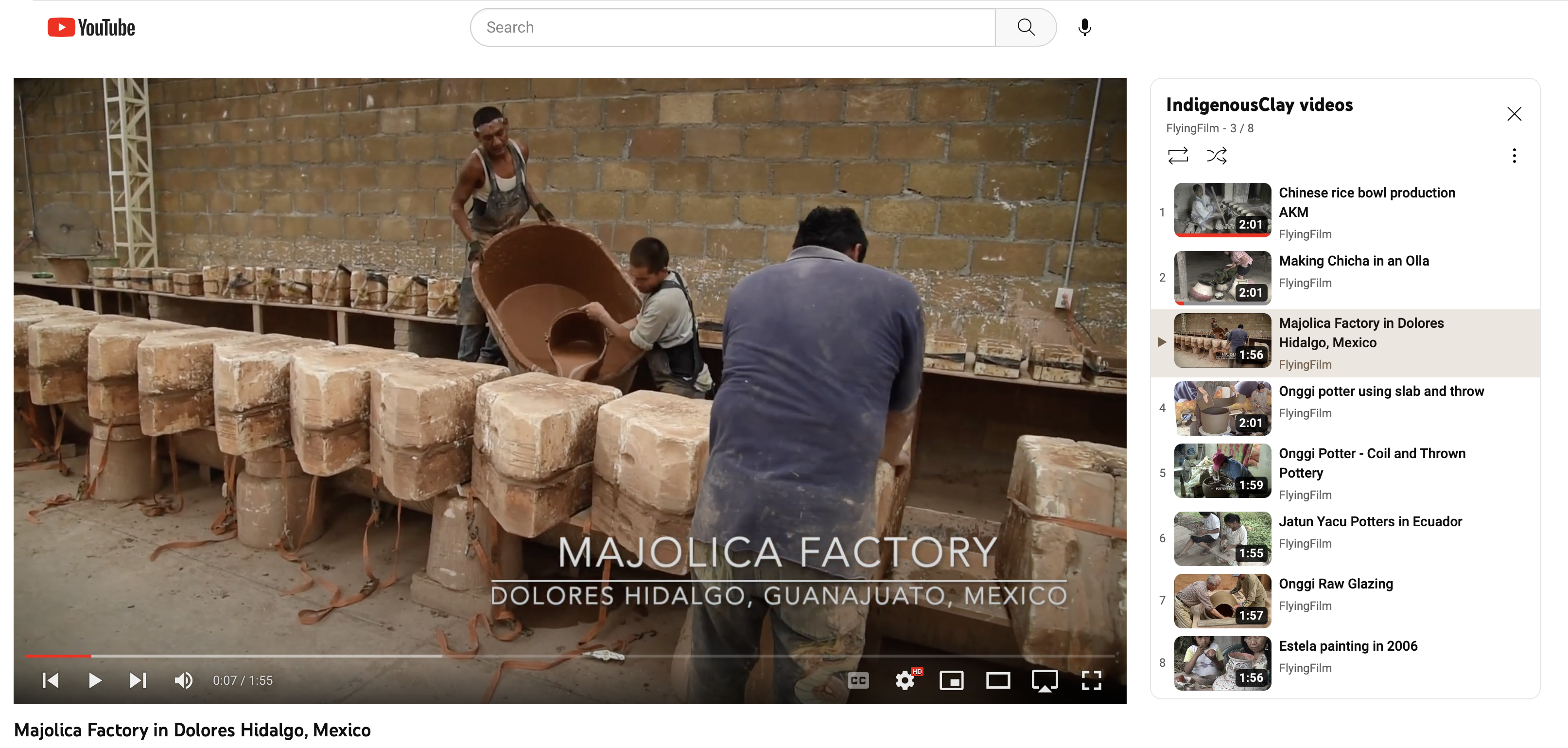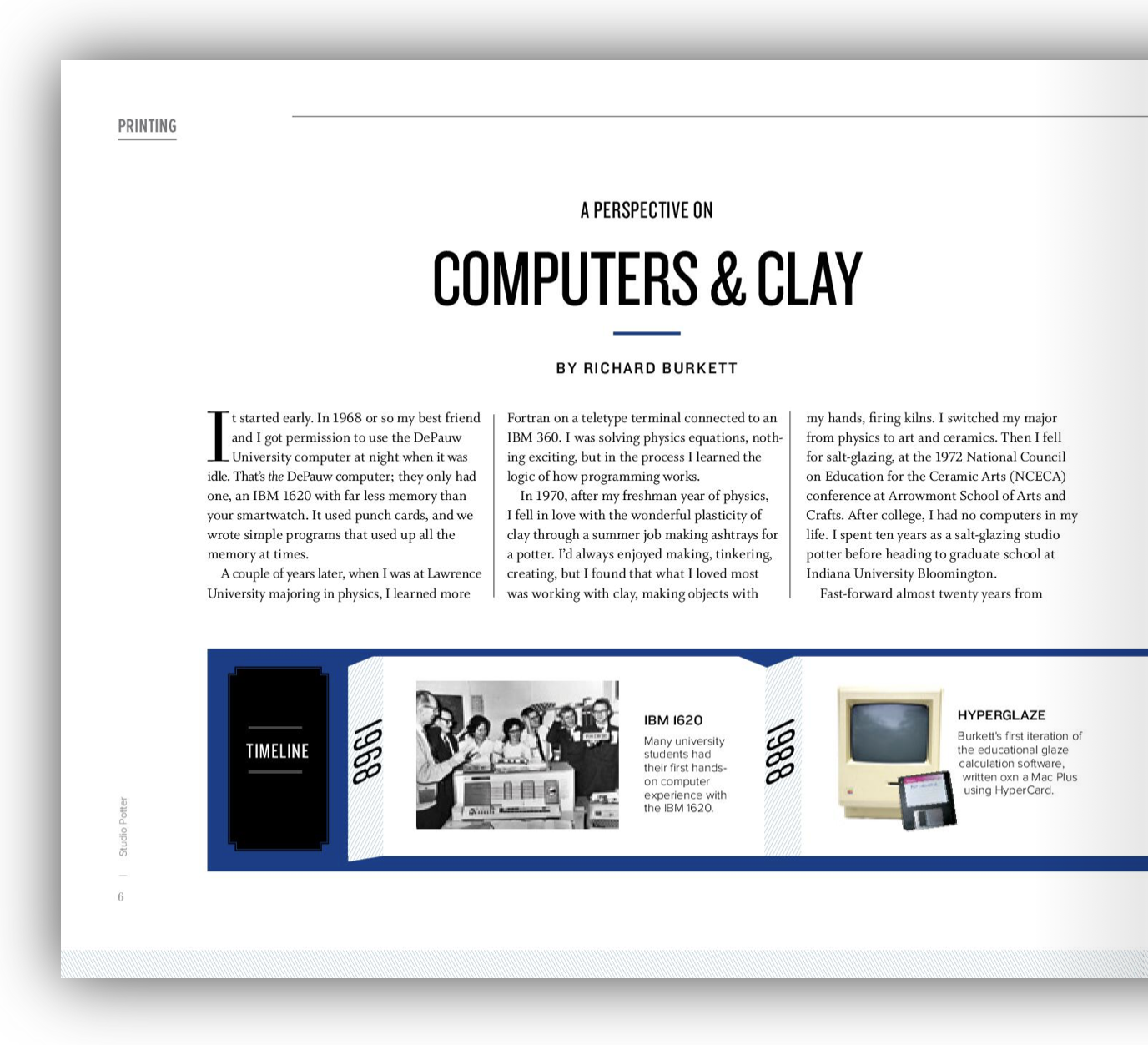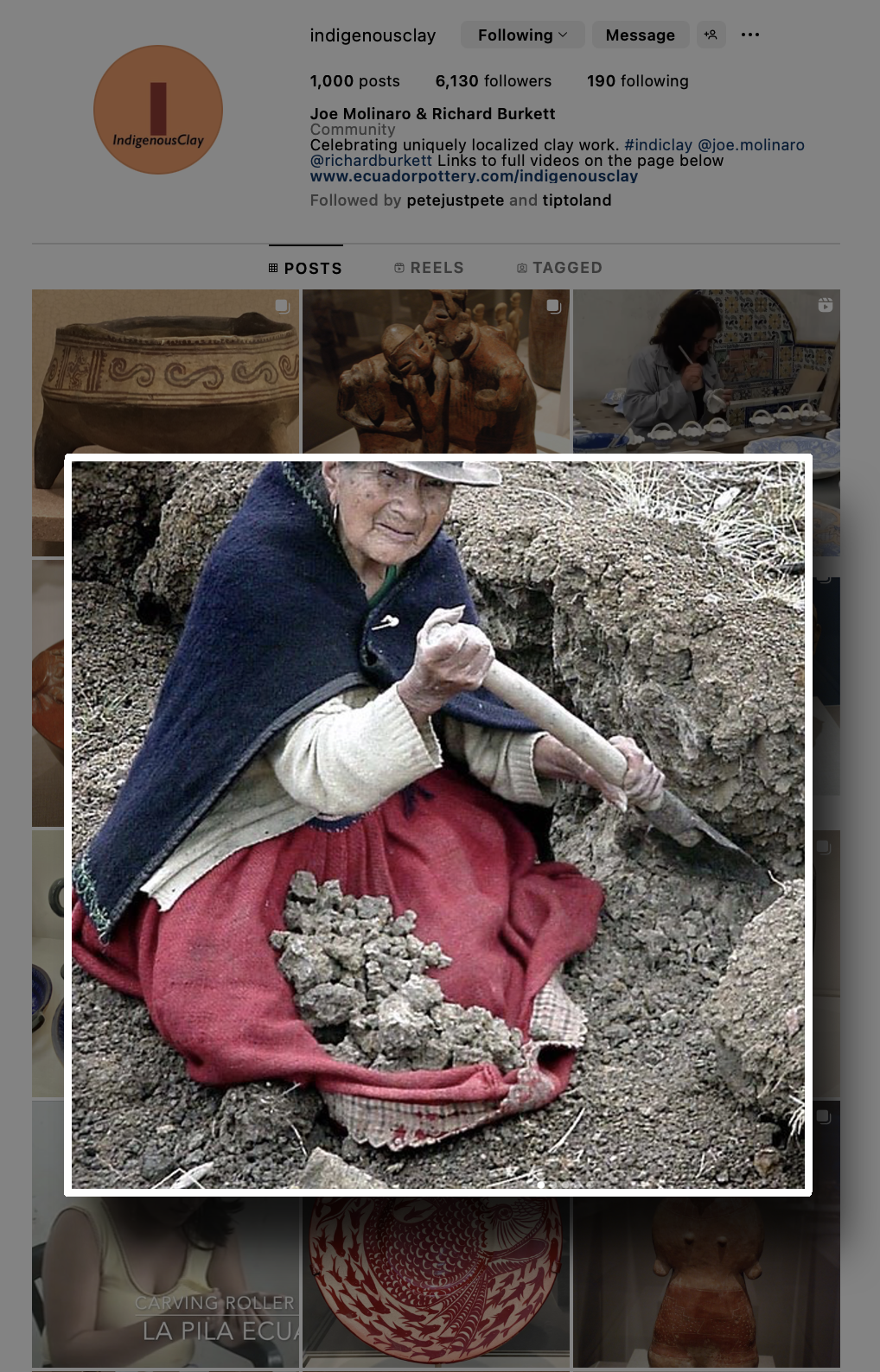 It often appears the word ‘indigenous’ encompasses a large array of meanings, with indigenous food, indigenous art, and indigenous dress, to name only a few, which also demonstrates the wide breadth of application for the term. Unfortunately for some, the term indigenous can also carry a pejorative definition since, by Western colonial standards, it often refers to people living in a more rural, unsophisticated environment. Yet the original reference to the term itself, one describing something occurring naturally in a particular geographic location, best illustrates the very nature of the term we have embraced for the Instagram and Facebook site called IndigenousClay, an Internet site dedicated to the presentation and preservation of ceramic works produced by people living in a particular place using both locally available materials and reflecting their unique cultural ethos. Through this daily presentation of ceramic objects from indigenous people within various communities and cultures, it is our hope that we can both share and illuminate work that helps other ceramists locate and appreciate makers from across the globe.
It often appears the word ‘indigenous’ encompasses a large array of meanings, with indigenous food, indigenous art, and indigenous dress, to name only a few, which also demonstrates the wide breadth of application for the term. Unfortunately for some, the term indigenous can also carry a pejorative definition since, by Western colonial standards, it often refers to people living in a more rural, unsophisticated environment. Yet the original reference to the term itself, one describing something occurring naturally in a particular geographic location, best illustrates the very nature of the term we have embraced for the Instagram and Facebook site called IndigenousClay, an Internet site dedicated to the presentation and preservation of ceramic works produced by people living in a particular place using both locally available materials and reflecting their unique cultural ethos. Through this daily presentation of ceramic objects from indigenous people within various communities and cultures, it is our hope that we can both share and illuminate work that helps other ceramists locate and appreciate makers from across the globe.
Over the past few decades, and while working together on many similar projects both on location as well as using digital resources, we quickly identified that the Internet offers us a new way to present our ideas, goals, and research. Using the services provided by the Internet, our early efforts to present the first ceramics Listserv site called Clayart, a place dedicated to ceramic discourse, and then later the first ever internationally curated exhibition of contemporary ceramics held entirely on the Internet called The Virtual Ceramics Exhibition (VCE), paved the way for us to present this recent digital project of introducing traditional images and ceramic processes that we have collected through our research into remote locations in the world. And where it used to be the case that students often found their visual influences through magazines, books, and slides, this is no longer the case. With the majority of students now heavily reliant on social media and the web, IndigenousClay provides them with a plethora of visual resources using current digital technology. Additionally, another very early project was the Ceramics Gopher in 1992 – an early Internet site using a Gopher server that pre-dated modern web browsers, and that included images of Ecuadorian ceramics from our earliest research.3 Even when the early World Wide Web was introduced to the world by Tim Berners-Lee in 1993, the slow image downloads using modem connections were hugely limiting in what we could do at the time.
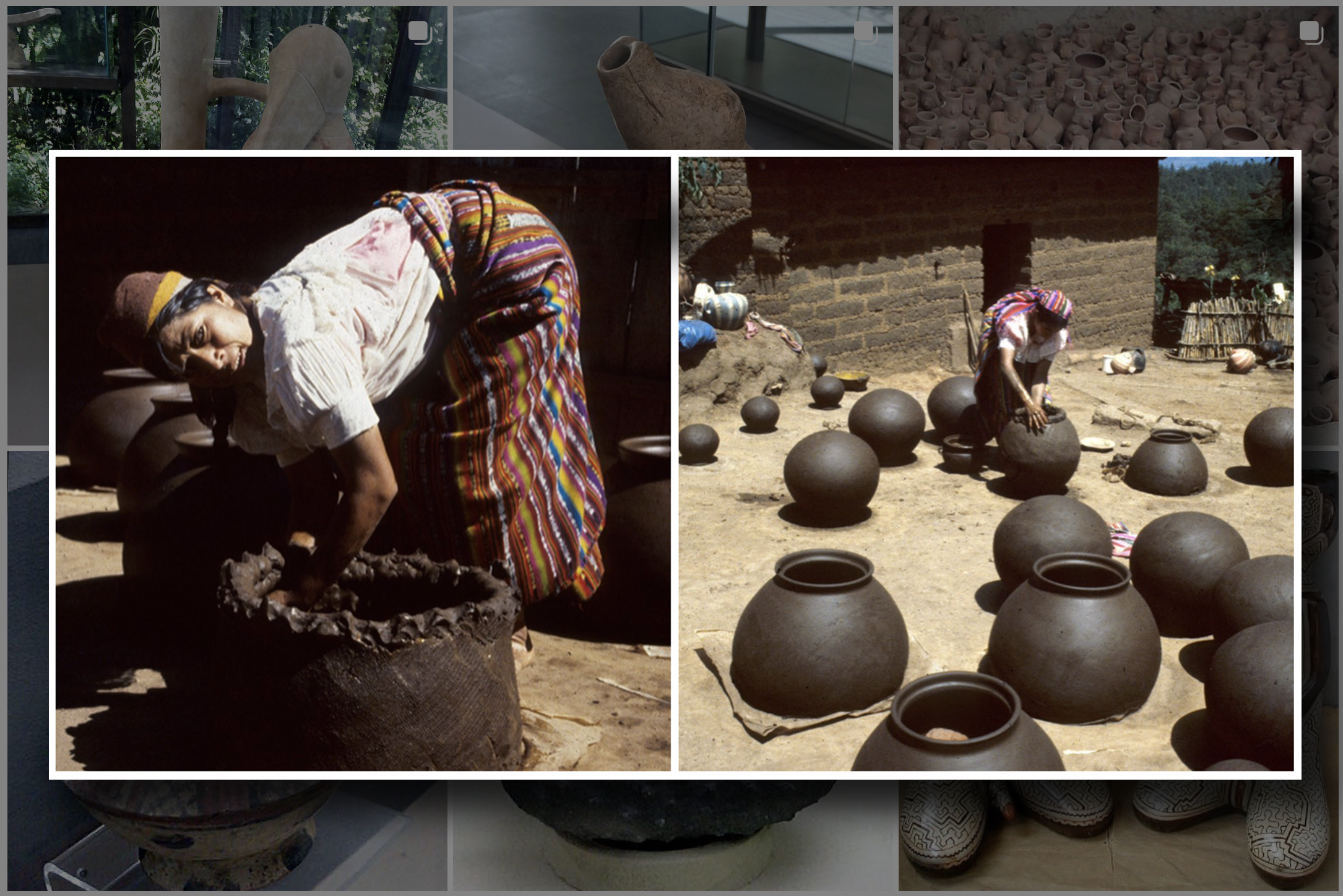
With over 30 years of travel throughout the world, we realized we had successfully documented the work of many potters, their pots, processes, and places where unique clay work is still being produced. Whether it is in the Amazon regions of South America or other far-off places in Central America, the Caribbean, China, Korea, Turkey, etc., along with other traditional works produced within the continental U.S. and Europe, our research and travels have allowed for the accumulation of thousands of images depicting the wonderful world of ceramics.
While this investigation into remote places is ongoing, the introduction of the COVID virus into our lives caused us to pause our travels and subsequent research. After looking for new ways to continue our documentary work while dealing with the isolation presented by the COVID pandemic, along with hours of sorting through the thousands of images we have collected over the years, we decided to offer these images to the larger clay community online. Thus, the birth of IndigenousClay, both on Instagram @indigenousclay and Facebook.
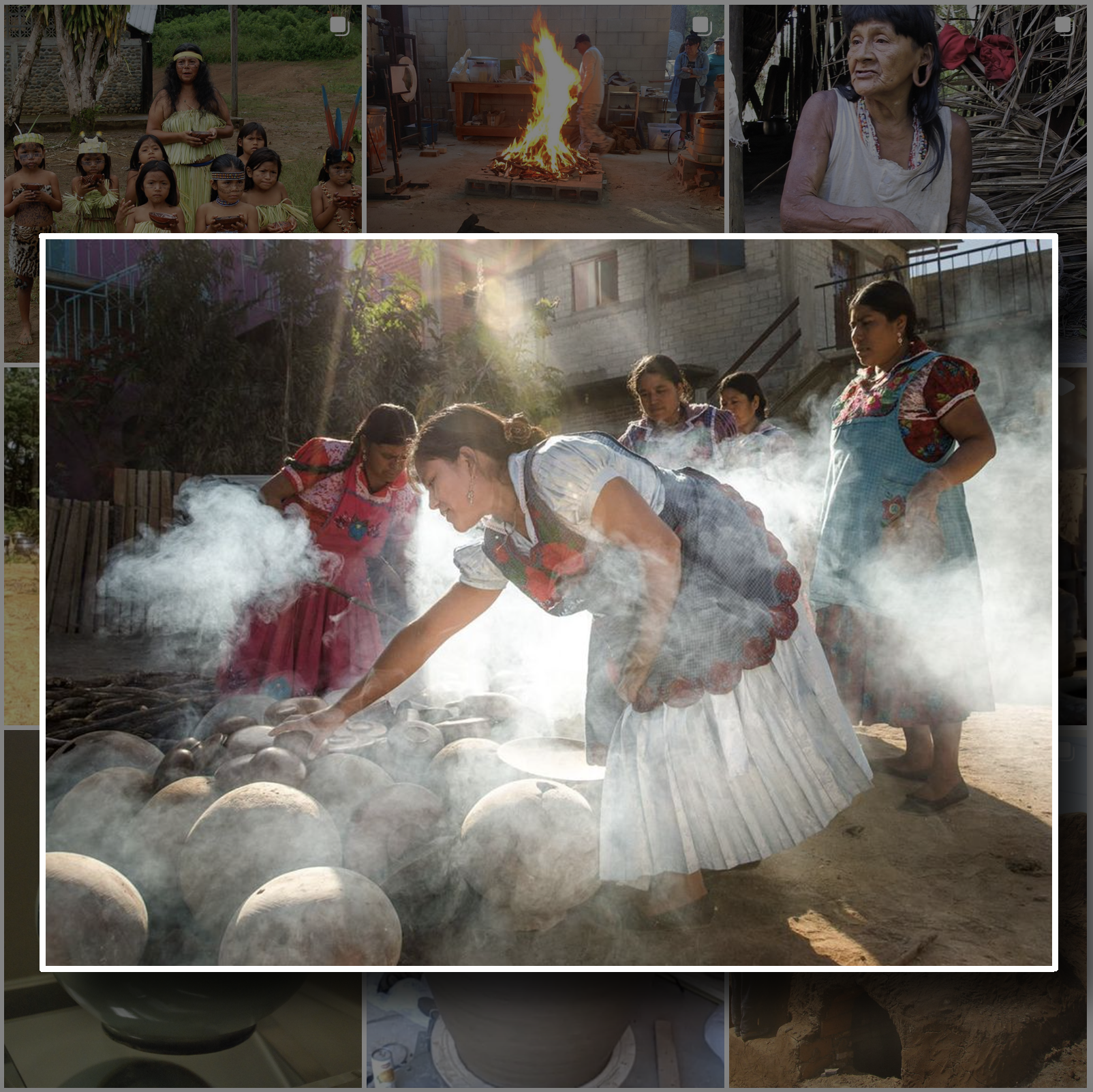 While we initially began posting only images that we collected ourselves, we later discovered the work of others who were also documenting clay objects from remote locations across the globe. Our first intentions were simply to share what we had, but as the number of followers increased – we now have about 6,000 followers – we realized we had an opportunity to expand our offerings by posting information from museums we have visited, from books, and other researchers who were doing similar work documenting the ceramic objects from remote places. The work of these contributors of images and video from Mexico, Thailand, Nepal, and beyond, to name only a few, has allowed us to present a much larger field of indigenous clay work from many other remote locations, helping our followers discover the richness of indigenous work produced throughout the world. While we still have a vast trove of images yet to be presented, we remain open to presenting other related objects from anyone wishing to participate in this project.
While we initially began posting only images that we collected ourselves, we later discovered the work of others who were also documenting clay objects from remote locations across the globe. Our first intentions were simply to share what we had, but as the number of followers increased – we now have about 6,000 followers – we realized we had an opportunity to expand our offerings by posting information from museums we have visited, from books, and other researchers who were doing similar work documenting the ceramic objects from remote places. The work of these contributors of images and video from Mexico, Thailand, Nepal, and beyond, to name only a few, has allowed us to present a much larger field of indigenous clay work from many other remote locations, helping our followers discover the richness of indigenous work produced throughout the world. While we still have a vast trove of images yet to be presented, we remain open to presenting other related objects from anyone wishing to participate in this project.
In the beginning, we thought to post only a few pictures a week, but soon discovered the vast number of images we had allowed us to have a more extensive presentation. As a result, we settled into a six-day rotation of postings, Monday through Saturday, with each of us alternating days. One aspect that we found compelling was for each of us to make our selections separately, without one person dictating the subject matter of each day’s selections. When considering how we make our daily selections, we often come across an image from our archives that we find unique and visually compelling, hoping our followers will find these equally stimulating for their own aesthetic purposes or to improve their understanding of the richness of other cultures.
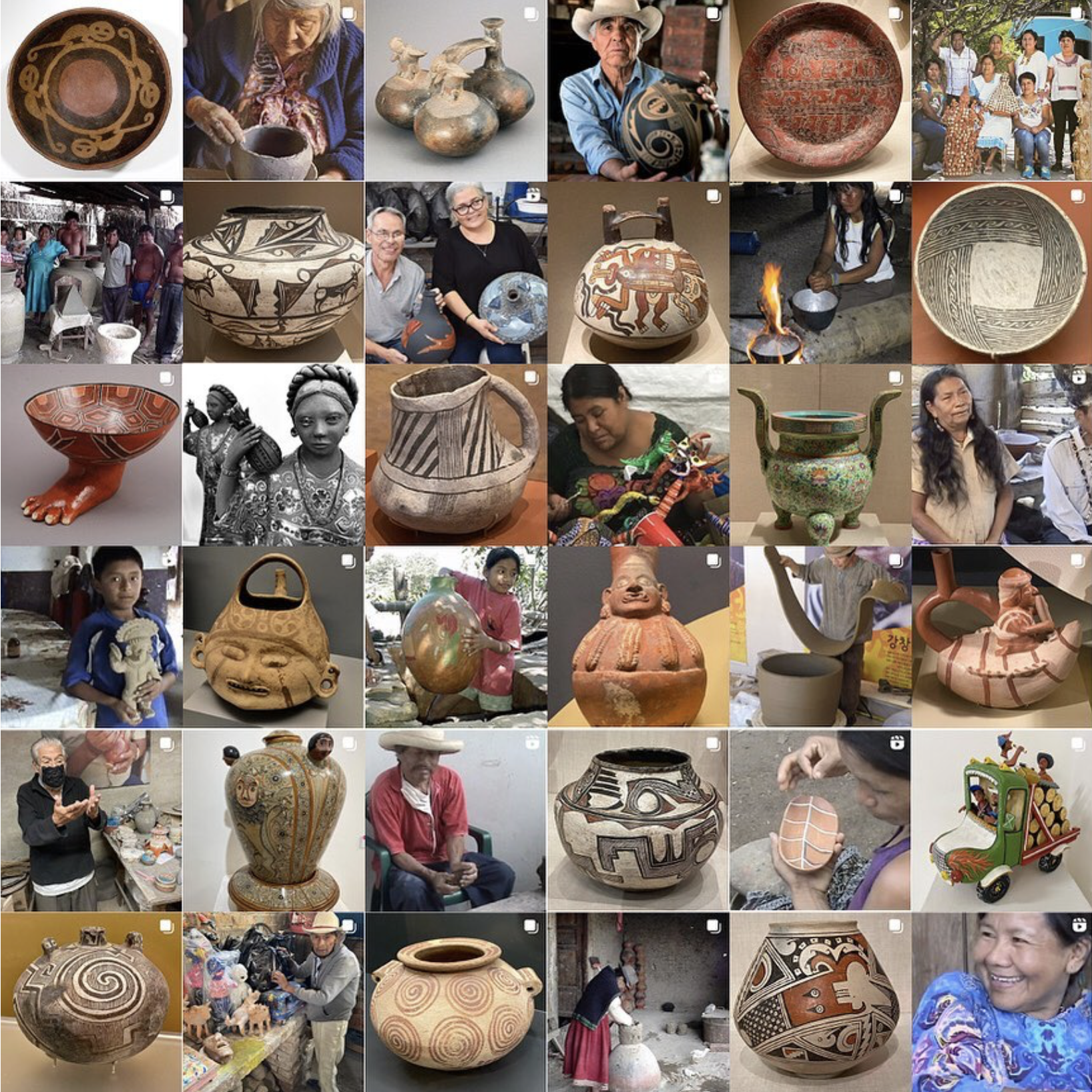
However, with this said, it has not been uncommon for one of us to make our daily selection reflecting similar work or cultures that were started by the other person from the previous day. For example, if one of us posts an image from the Amazon, the other person might consider following up on that theme and posting another from the same region. This can take place over two days or an entire week, depending on the theme started earlier. Otherwise, we act independently with our selections to display the diversity of what we own as well as present a wider range of indigenous clay work from across the globe. In captioning the images that we post, we often try to illuminate their use, cultural significance, or even processes if they are unfamiliar to some, but occasionally we also let the images or video stand alone when appropriate. Lastly, we have learned it is useful to provide multiple views of any image we post as a way to help add depth to our postings. An overall image, accompanied by a detail or two, gives the viewer a closer look into any piece we present, which can also be especially helpful for followers viewing on a small mobile screen as it then provides them with the ability to see selected sections on a more granular scale.
In addition to our rationale for making choices, we sometimes find ourselves echoing a significant event that may have taken place in the ceramic world. The passing of a notable individual or the celebration of a milestone event within our clay community can affect our selections as we pay tribute and offer respect. While we make every attempt to remain neutral or non-political, we also do not shy away from postings that might reflect a present situation that has arisen within our field. In the end, our goal has always been to offer insight into what otherwise might go unnoticed or to present images that are sometimes left unseen by students of ceramics. We do not claim to be a site that teaches clay history, but rather a site that offers illumination into the incredible array of clay work produced worldwide that might otherwise appear off the radar. Additionally, by reaching out to others who are doing similar work studying in remote locations around the world, IndigenousClay helps to serve as a vehicle to showcase this research and work, subsequently adding to the database of images not easily found elsewhere.
By selecting images from our own documentary research or from the work of others in our field, it is our hope that we can freeze a moment in time and preserve this work for the future. As access to worldwide materials expands, and scoundrel merchant middlemen rush into even the most remote regions, many traditional aesthetic practices are being lost. Indeed, most of the notable pieces we choose to present have already been historically recorded, and our selections of them only serve to enhance their place in ceramic history. Other pieces, ones coming from our own travel and research experiences as well as through the research of others, serve to cement their position and unique qualities in both time and history. As an example, and again using the Amazonian cultures as our reference since we have more experience within this area of research and realize that many of these indigenous communities live in a state of flux with traditions expanding or contracting through time, IndigenousClay serves as a record of how people have produced pottery over many generations.
Jatumpamba: An Andean Pottery Village, video on Ecuadorian pottery by Joe Molinaro & Richard Burkett on Vimeo.
Observing how an indigenous community moves away from its ceramic traditions and, in some cases, abandons them altogether can be somewhat unsettling. Yet traditions in art, like in so many other aspects of life, change over time. It is not our goal to alter these transformations since they are part of the natural evolution of life within any individual culture. We do not want to stand on the train tracks of time by trying to stop any change we see by attempting to protect a particular ceramic culture for future generations. But rather, we prefer to step aside, photograph the train as it passes us, and then have a record of what was produced in a previous era, making it available to current and future ceramists to draw upon as a significant creative resource.
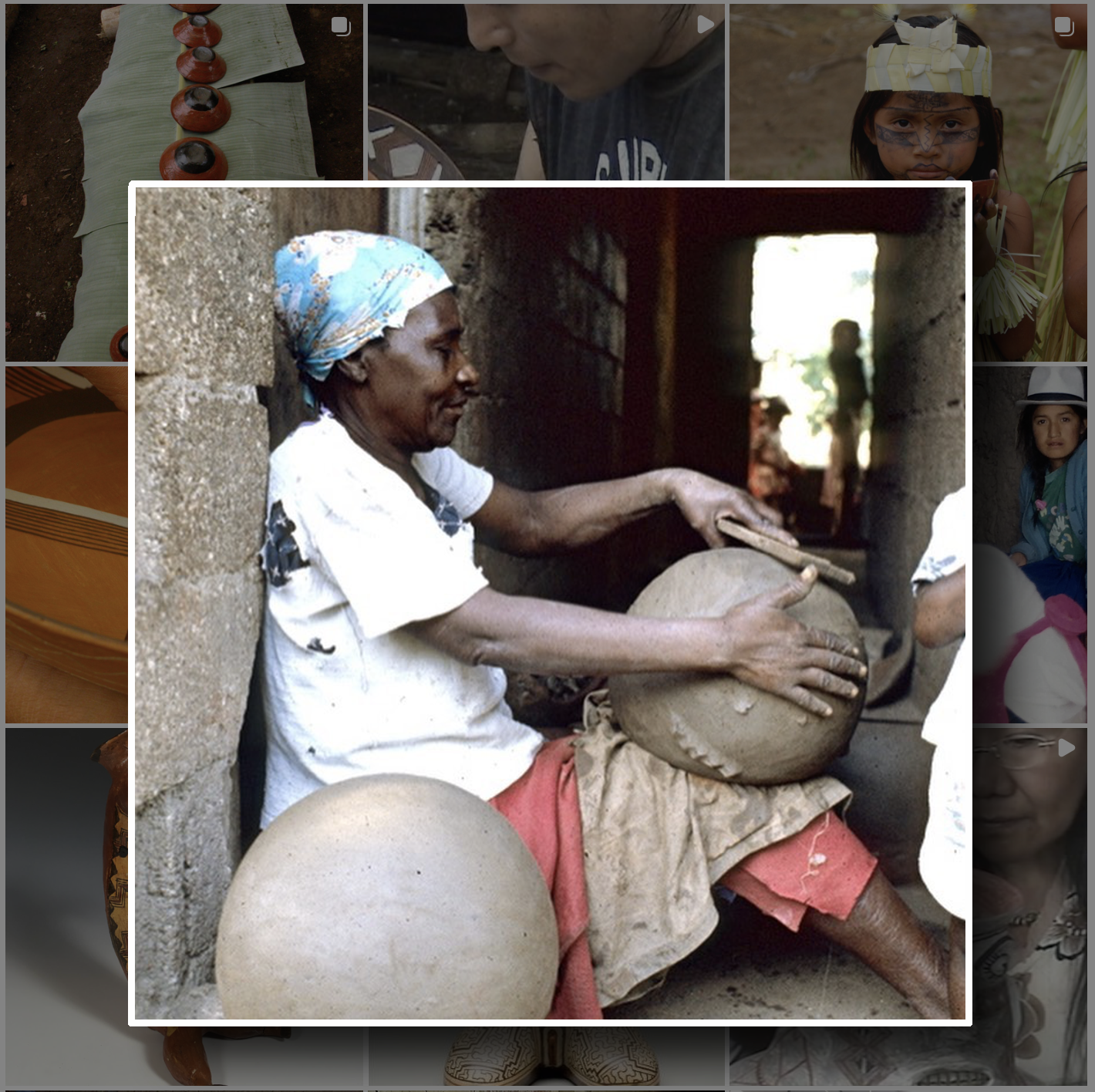 While IndigenousClay is still in its infancy, we hope to continue its development as it grows and expands. We consistently search for others working in the ceramics field to present their findings and thus offer major contributions to the clay community. Clearly, we have both been greatly humbled by the incredible diversity of the ceramics field – and, indeed, human creativity – that we have been fortunate to have seen in person. It is with incredible joy that we can share these images with an ever-expanding worldwide audience.
While IndigenousClay is still in its infancy, we hope to continue its development as it grows and expands. We consistently search for others working in the ceramics field to present their findings and thus offer major contributions to the clay community. Clearly, we have both been greatly humbled by the incredible diversity of the ceramics field – and, indeed, human creativity – that we have been fortunate to have seen in person. It is with incredible joy that we can share these images with an ever-expanding worldwide audience.
IndigenousClay is not a for-profit project; the authors offer no compensation and receive none. To share indigenous ceramic images and research, please feel free to contact the authors at IndigenousClay.
Notes
1. Clayart first initiated in 1992 by Joe Molinaro and Richard Burkett before the Internet became publicly available, is an email forum with the primary focus of providing a method of communication among individuals with similar concerns.
2. The Virtual Ceramics Exhibition, established in 1992 by Richard Burkett and Joe Molinaro, is an exhibition of contemporary ceramics utilizing the Internet as the gallery space.
3. Ceramics Gopher had an internet address but was established before Tim Berners-Lee invented the World Wide Web and HTML scripting, which became available in April 1993. The Internet opened to the general public in 1991, about the same time that Gopher Servers became available. Richard Burkett talked about some of this in "A Perspective on Computers and Clay" for Studio Potter, Winter/Spring 2019, Printing & Paper Clay - Vol. 47, No. 1, pages 6 - 9.
 Share
Share
